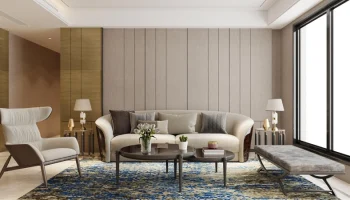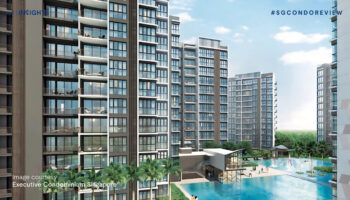Inground pool design must combine aesthetics, utility, and user preferences. Key design principles can affect how the pool blends into its surroundings and meets users’ needs. This article evaluates inground pool performance and appearance using shape, size, and depth.
The Importance of Shape
Shape strongly affects an inground pool’s appearance and functionality. Simple rectangles and ovals are standard pool shapes, but you can also construct custom ones to match the environment or homeowners’ style. A rectangular pool is ideal for lap swimming and has a modern appeal, while freeform pools look more natural in a backyard.
The intended purpose, landscape, and external structures must be considered when determining the pool shape. An entertaining pool with a larger, freeform shape could accommodate poolside furniture and parties. However, a fitness pool may need a simple rectangular form.
Determining Size
Size is another design consideration that impacts inground pool functionality and attractiveness. The pool’s size should be based on the number of users, its intended use, and backyard space. A smaller pool may be more intimate for resting and chatting, but a larger pool may provide more space for swimming and pleasure. Through the most detailed pool photos you can get all the details about the same.
Equilibrium is key while choosing pool size. A huge pool may require more upkeep and water, while a small pool may not suit family and guests. Visualizing the pool’s footprint in relation to the surrounding outdoor areas will help ensure that its size improves the landscape design.
The Role of Depth
Pool depth affects safety and usage. Deeper pools are better for swimming and diving, but shallower ones are better for kids and relaxing. Different depths in a pool can also affect swimming. When choosing an inground pool depth, consider its major functions. If water sports and diving are the main attractions, a pool depth of at least eight feet may be needed for safe diving. However, a depth of three to five feet is perfect for family fun and relaxation.
Aesthetic Cohesion with Surroundings
In addition to being utilitarian, the inground pool should match the neighbourhoods’ natural surroundings and house style. Adding complementary materials, colors, and designs to the backyard can boost its aesthetic value. Landscape, decking, and coping should be considered with the pool’s design for a cohesive appeal. Materials and design can create an extravagant resort or a natural oasis aura. This thoughtful design improves the garden both aesthetically and practically.
Conclusion
The design of an inground pool should take into consideration its shape, size, and depth. With these components in mind, homeowners may build a pool that not only satisfies their requirements but also improves the appearance of their outside space. Homeowners can take pleasure in a pool that is both beautiful and functional for many years if they give careful consideration to each design value.







